Dun Aonghasa
An Iron Age fort on the edge of a seaside cliff offers a glimpse into an ancient, mystical world.
Inishmore’s stunning karst landscape is made all the more ethereal thanks to the ruins of an Iron Age fort perched on a seaside cliff.
Known as Dún Aonghasa, archaeologists have long studied the sprawling fort’s remnants, located 100 meters above the crashing waves of the North Atlantic, and for just as long they have come up with little distinct evidence pointing to when, precisely, the structure was created.
All sorts of magnificent stories have been handed down over the years of explorers, researchers, or artists’ first reactions to Dún Aonghasa. Perhaps the most charming of all is that of noted antiquarian John O’Donovan who, upon reaching the magical fort in 1839, was so overcome with emotion that he, “shouted with delight, and after launching his umbrella a marvelous height into the air, threw himself on the ground, and shouted again and again.”
Over the years, teams of specialists have surmised that the fort’s first, most basic iteration likely appeared around 1100 BCE when the earliest settlers amassed large amounts of debris against the site’s large boulders. Over the course of centuries, the fort slowly grew into today’s recognizable D-shape formation, featuring concentric walls of defenses stretching as far as the eye can see, as well as a field of upright rocks planted as a systematic deterrent (known as a “cheval de frise”).
Working together, teams of specialists have restored the fort in several spots to what is thought to closely resemble its original appearance, including a six-meter-tall battlement. The restored areas are easily discernible from the rest of the archeological site due to their mortared construction. Just around the proverbial corner from Dún Aonghasa is an unrelated Neolithic tomb, along with a thatched cottage and a reconstructed poteen distillery depicting the ancient cultural heritage of the area’s first inhabitants, whose traces can be still be found in modern-day Ireland.
Everything – both new and old – is open to exploration. Equally of benefit to curious minds and the site as it is a detriment to daydreamers is the fact that very few safety precautions have been added to Dún Aonghasa, meaning visitors can walk or fall right off the aforementioned cliff, if lost in thought, or simply clumsy.
Know Before You Go
There are regular ferries to Inishmore (Inis Mór) from Rossaveal near Galway (takes about 40 minutes), and from Doolin (~40 minutes). From the harbor on Inishmore, you can either take a taxi, walk or rent a bike. There is a small museum at the bottom of Dun Aonghasa where you will have to get your tickets. The hike up to the actual ruins will take you about 10 minutes but isn't very strenuous. As the weather on Inishmore is quite unstable, it is advised to bring a raincoat or a poncho along. Waterproof shoes might be a good addition as well. There is is a little café right next to the museum, so you don't really need to bring drinks or snacks. Be aware that there is no railing around Dún Aonghasa, so if you suffer from vertigo you really should stay well off the edge (a sheer cliff of around 300 ft).







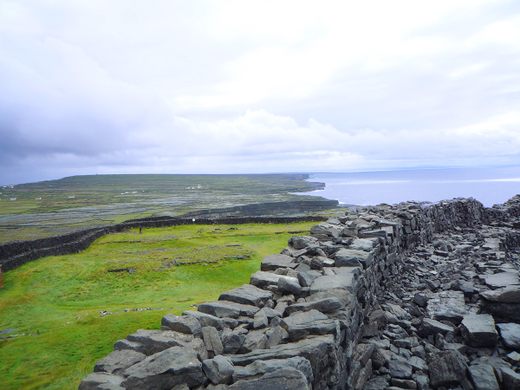
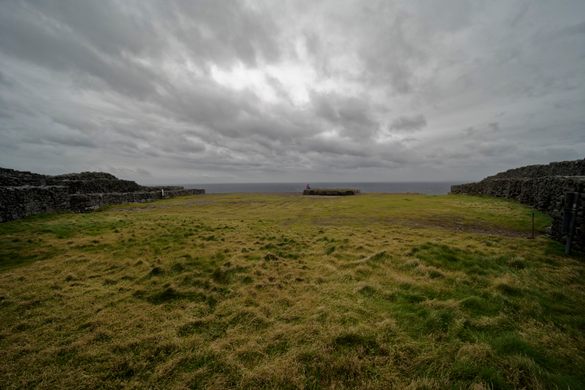
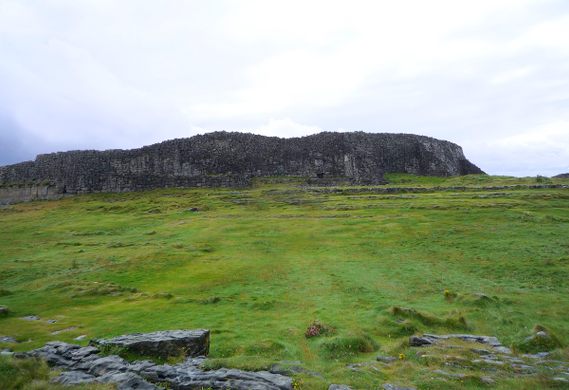






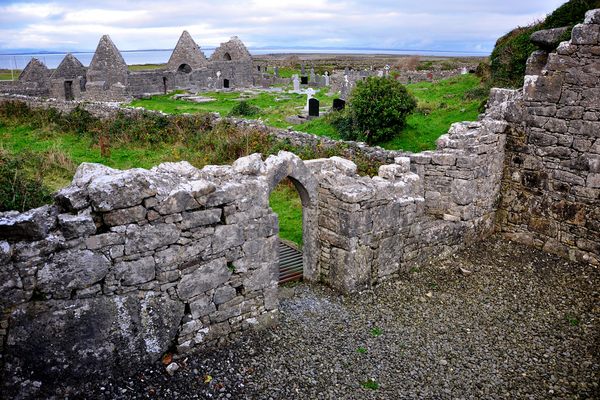
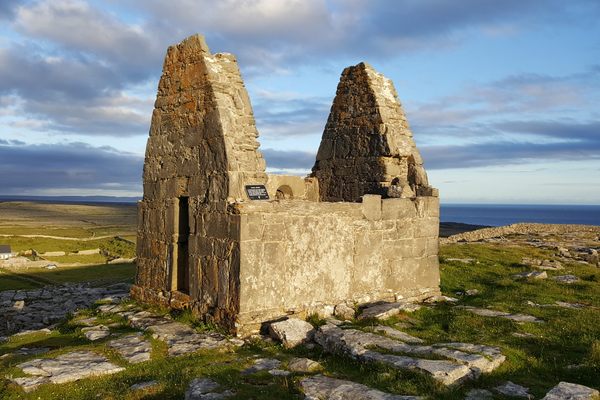
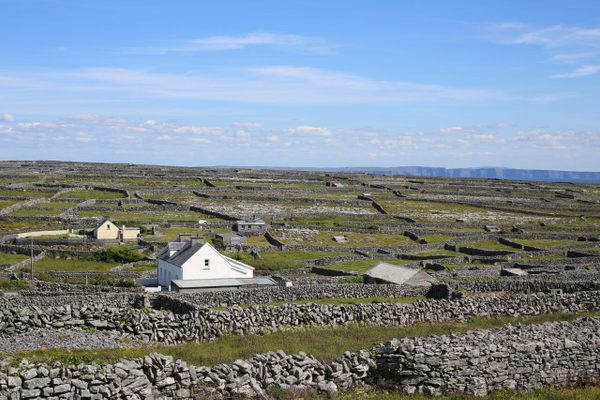
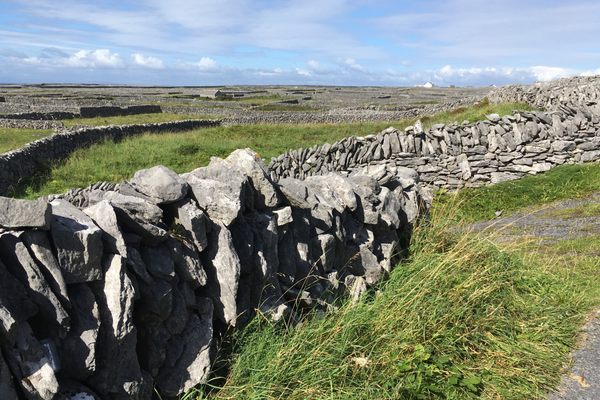
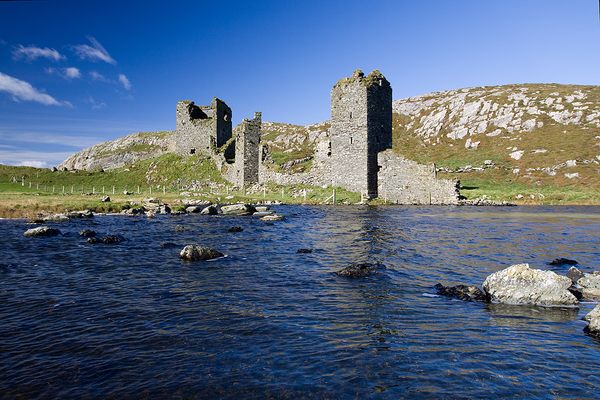
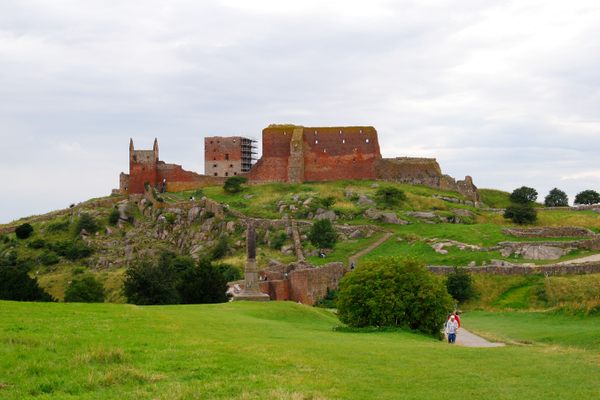



Follow us on Twitter to get the latest on the world's hidden wonders.
Like us on Facebook to get the latest on the world's hidden wonders.
Follow us on Twitter Like us on Facebook